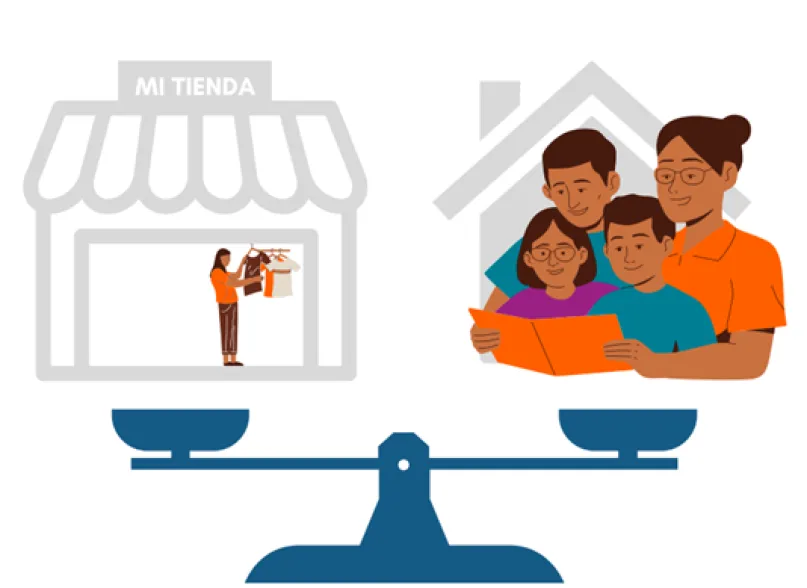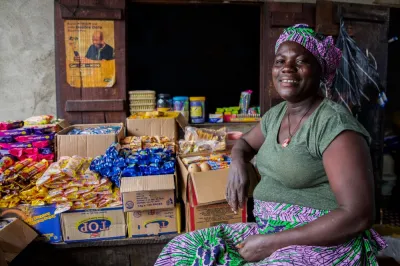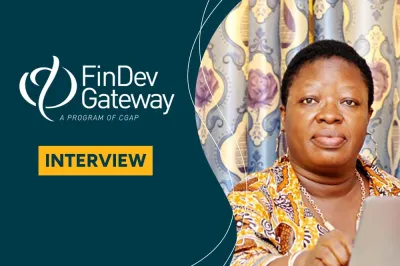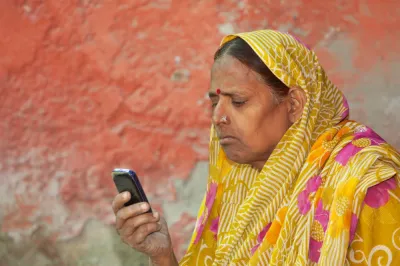What Is Economic Violence and What Can Financial Service Providers Do About It?

Economic gender-based violence is a global issue. In Colombia, 31 percent of women reported experiencing economic abuse by an intimate partner, such as the partner spending money that was needed for the home, monitoring their spending or prohibiting them from working or studying. In Bangladesh, 16 percent of men reported committing acts of economic abuse, including prohibiting a partner from working or withholding earnings from a partner for household expenses. In Tanzania, two studies found that around 45 percent of women had experienced economic violence at some point in their lives. And in a survey of Hondurans’ perceptions of gender-based violence, Hondurans estimate that five out of 10 women in their country face economic violence.
What is economic gender-based violence?
Economic violence attempts to make a woman financially dependent by interfering with her ability to acquire, use and maintain economic resources. Unlike sexual and physical abuse, which to outsiders are generally the most visible forms of gender-based violence (GBV), economic violence is often invisible and not recognized as a form of violence. It is subversive, and often occurs along with other forms of GBV. Women may not be aware it is a form of violence, because it feeds off their lack of self-confidence in financial and economic matters and can be perceived as a form of protection. Lack of financial power is often a reason women stay in or go back to abusive relationships.
Economic violence can be a barrier to a woman fully engaging economically, as she’s prevented from leaving home, participating in a training, taking out a loan or opening a savings account. Alternatively, it can be an unintended consequence of her engagement in economic activity, as she confronts a spouse threatened by her increased mobility, independence and growing economic empowerment.
In Grameen’s research in Honduras, men and women at first acknowledged little understanding of economic violence. However, upon reflection, they recognized it as a common form of violence against women, traditionally generated through the deprivation of resources, for example, by men’s consumption of alcoholic beverages and drugs. A more subtle form of violence visualized by the women were attempts by male partners to keep them in the home by providing resources and goods to keep her happy there. In the beginning, it could be a pleasant experience, but over time the home becomes a prison. In this way, economic violence is used to prevent women from relating to other people and even family members.
What are the implications for financial service providers?
While it may seem that economic violence could be outside the purview of financial service providers (FSPs), it is important for the financial inclusion sector to understand and acknowledge this issue. At the most basic level, there is a business incentive at play for FSPs: Women’s overall well-being matters in the same way that their financial or physical health matters – healthy, engaged clients are good for business.
But it’s also true that if FSPs turn a blind eye to the realities of GBV, they are allowing their programs, products and services to be exploited by an abuser to violate another’s rights. While the banking sectors in high-income countries are still developing protocols for financial abuse, there are some early lessons that suggest FSPs can take practical steps to help safeguard not just women facing economic violence, but all clients. The following list is not exhaustive but illustrative of the steps FSPs can take to protect vulnerable clients:
- Marketing: Consider how client outreach and marketing, such as SMS messages and visits to a client’s home, may draw undesirable attention or suspicions from an abuser. Allow clients to opt-out or suggest alternative means of communication. Openly share information on domestic violence/GBV support hotlines in public spaces.
- Product Design: Consider alternatives for proof of identity or residency. Women trying to escape abuse need a private and discreet place to save and manage their own money. Provide a loan product that can help women (re)build their financial credit history as they grow their financial autonomy.
- Loan applications and management: If co-signatures or guarantees are necessary, allow the client to choose a trusted co-signer who does not have to be the spouse/partner. For loan payments, develop a policy for assisting a client with a “hardship plan.”
- Customer support: Conduct trainings with frontline staff to raise their awareness and build soft skills for working with vulnerable clients who may be experiencing abuse. If possible, do not engage clients in presence of a suspected abuser to discuss account management. Develop a vulnerable client team that is trained to support clients with special circumstances.
- Education: Train existing customers on economic violence and financial abuse, as well as on the maximum debt any one person or family should carry based on income to avoid an abuser deliberately over-indebting a client. Emphasize emergency planning, inclusive of GBV as a possible emergency one can face. Direct this training to all clients, with messaging that they can always help others experiencing violence.
- Promote collaborative financial decision-making among couples: Engage couples in financial planning and/or dialogue-based methodologies to help them navigate financial decision-making - but only if they opt in (in case they are in unsafe relationships). Intra-household dialogues, for example, are facilitated discussions with one to six couples, designed to build a couple’s communication and conflict-management skills and garner support for women’s enterprises, joint decision-making and collaborative problem-solving.
Much work to be done to reduce economic violence
Together, FSPs and poverty alleviation organizations need to understand the prevalence and nature of how people experience economic violence—and prepare to respond appropriately. As one group of women shared with us in our research in Central America, they wanted their FSP to understand their realities better - the good, the bad and the ugly - and this includes their exposure to GBV. To be client-centered, FSPs have to look beyond the visible needs of their female clients to understand their invisible needs.
FinDev Blog
About this post
Bobbi Gray, Senior Research Director at the Grameen Foundation, coordinates research, evaluation, monitoring and learning activities with Grameen staff, in-country research teams, academic researchers, and partner organizations across all of Grameen’s programs in Latin America, Southeast Asia, and Africa.
Published
Contributed by a global financial inclusion community member. Share your lessons learned
Write for usComments
Comments on this page are moderated by FinDev Editors. We welcome comments that offer remarks and insights that are relevant to the post. Learn More



This topic is extremely relevant, however it lies enshrouded under other research priorities. In countries like India where patriarchy is the norm, most women homemakers face economic violence, but is undermined and not recognized by other family members or society. Amongst the suggestions provided, education and customer support seem most impactful, however I am curious to understand how BRAC has achieved collaborative financial decision-making among couples, and what are the key drivers especially in middle income couples.
economic violence persists not only in households at the bottom of the pyramid population.
Leave a comment